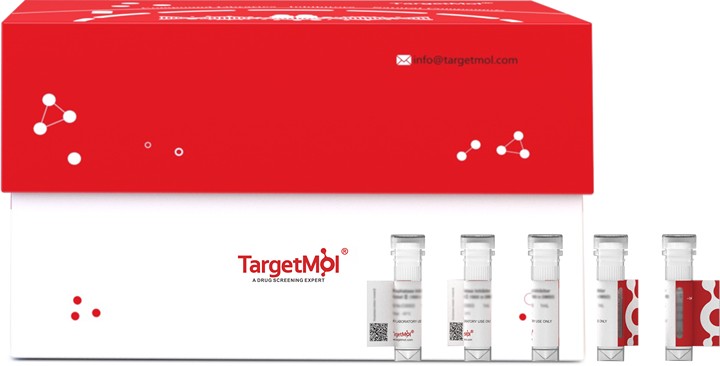Shopping Cart
- Remove All
 Your shopping cart is currently empty
Your shopping cart is currently empty

Complement factor H/CFH Protein, Mouse, Recombinant (His) is expressed in HEK293 mammalian cells with His tag. The predicted molecular weight is 43.8 kDa and the accession number is E9Q8I0.

| Pack Size | Price | Availability | Quantity |
|---|---|---|---|
| 50 μg | $357 | 7-10 days |
| Biological Activity | Activity testing is in progress. It is theoretically active, but we cannot guarantee it. If you require protein activity, we recommend choosing the eukaryotic expression version first. |
| Description | Complement factor H/CFH Protein, Mouse, Recombinant (His) is expressed in HEK293 mammalian cells with His tag. The predicted molecular weight is 43.8 kDa and the accession number is E9Q8I0. |
| Species | Mouse |
| Expression System | HEK293 Cells |
| Tag | C-His |
| Accession Number | E9Q8I0 |
| Synonyms | Sas-1,Sas1,NOM,Mud-1,complement factor H |
| Construction | A DNA sequence encoding the mouse Cfh (NP_034018.2) (Ser875-Val1252) was expressed with a polyhistidine tag at the C-terminus. Predicted N terminal: Ser 875 |
| Protein Purity | > 90 % as determined by SDS-PAGE. |
| Molecular Weight | 43.8 kDa (predicted) |
| Endotoxin | < 1.0 EU/μg of the protein as determined by the LAL method. |
| Formulation | Lyophilized from a solution filtered through a 0.22 μm filter, containing PBS, pH 7.4. Typically, a mixture containing 5% to 8% trehalose, mannitol, and 0.01% Tween 80 is incorporated as a protective agent before lyophilization. |
| Reconstitution | A Certificate of Analysis (CoA) containing reconstitution instructions is included with the products. Please refer to the CoA for detailed information. |
| Stability & Storage | It is recommended to store recombinant proteins at -20°C to -80°C for future use. Lyophilized powders can be stably stored for over 12 months, while liquid products can be stored for 6-12 months at -80°C. For reconstituted protein solutions, the solution can be stored at -20°C to -80°C for at least 3 months. Please avoid multiple freeze-thaw cycles and store products in aliquots. |
| Shipping | In general, Lyophilized powders are shipping with blue ice. |
| Research Background | Complement factor H, also known as H factor 1, and CFH, is a sialic acid containing glycoprotein that plays an integral role in the regulation of the complement-mediated immune system that is involved in microbial defense, immune complex processing, and programmed cell death. Factor H protects host cells from injury resulting from unrestrained complement activation. CFH regulates complement activation on self cells by possessing both cofactor activity for the Factor I mediated C3b cleavage, and decay accelerating activity against the alternative pathway C3 convertase, C3bBb. CFH protects self cells from complement activation but not bacteria/viruses. Due to the central role that CFH plays in the regulation of complement, there are many clinical implications arrising from aberrant CFH activity. Mutations in the Factor H gene are associated with severe and diverse diseases including the rare renal disorders hemolytic uremic syndrome (HUS) and membranoproliferative glomerulonephritis (MPGN) also termed dense deposit disease (DDD), membranoproliferative glomuleronephritis type II or dense deposit disease, as well as the more frequent retinal disease age related macular degeneration (AMD). In addition to its complement regulatory activities, factor H has multiple physiological activities and 1) acts as an extracellular matrix component, 2) binds to cellular receptors of the integrin type, and 3) interacts with a wide selection of ligands, such as the C-reactive protein, thrombospondin, bone sialoprotein, osteopontin, and heparin. |

Copyright © 2015-2025 TargetMol Chemicals Inc. All Rights Reserved.